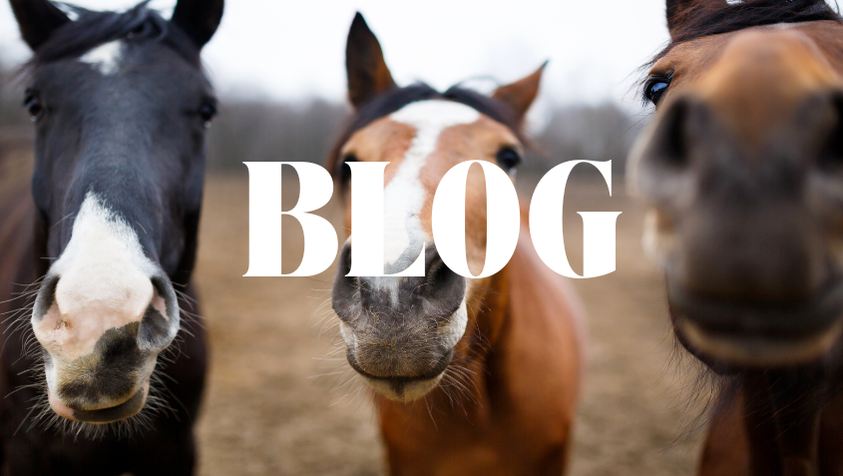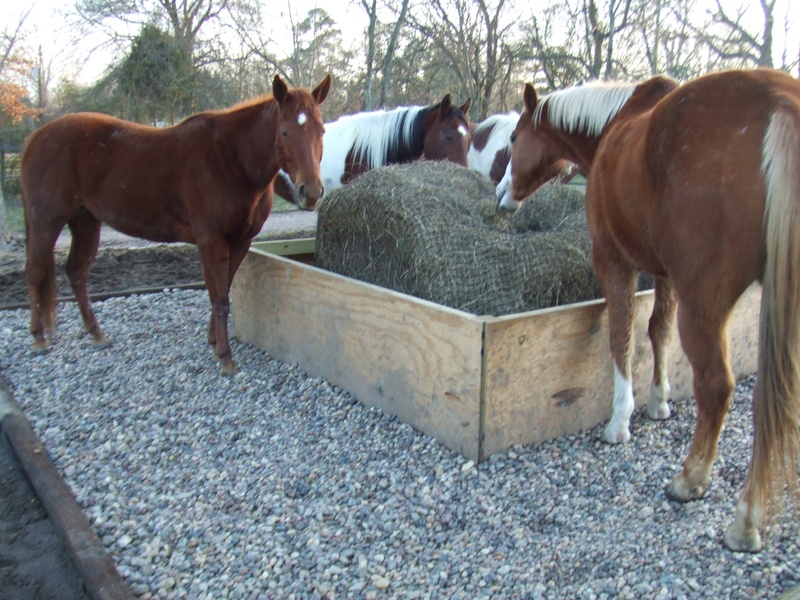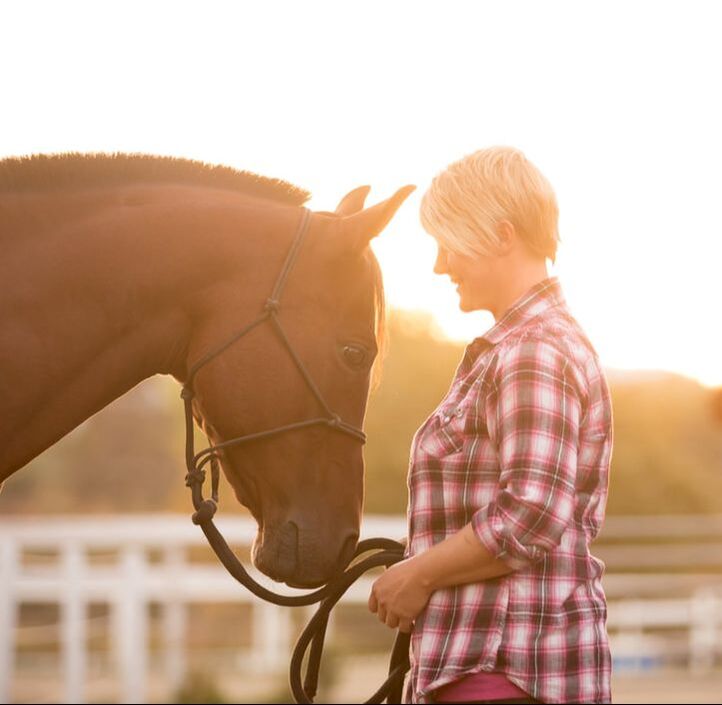|
Expectations – Having realistic expectations is very important when transitioning your horse from shod to barefoot. Expecting your horse to perform the same way barefoot as they have in shoes is unrealistic. It takes time to strengthen and built hoof health and often times the shoeing process over many years has caused much damage within hoof. It is very much the same as asking a seasoned marathon runner to compete without their running shoes. It would be uncomfortable for them to feel the hard or rocky ground under their sensitive feet for the first few times. However, given enough time the marathon runner could build adequate callous so that he could perform barefoot. Taking horses barefoot should be about the long term health of the horse, not the rider’s short term performance goals. This being said, we must still make sure that our horses are comfortable when transitioning by providing them with hoof boots when needed and correct and frequent natural trims. Time - A hoof that has been in shoes for extended periods will take time to heal internally as well as externally. Perpetual shoeing cycles can cause contraction and atrophy of the internal energy dispersing structures of the hoof. A horse that is shod is peripherally loading the hoof, which means that only the outside rim of the hoof is impacting the ground. This causes the frog and digital cushion (a structure paramount to a healthy barefoot hoof) to atrophy and weaken. However the good news is that the digital cushion has tissue similar to stem cells within it, and given the right opportunity (ie a balanced natural trim with proper stimulation) it can regenerate. The other problem with shoes is the lack of flexibility within the hoof. A metal horse shoe cannot expand and contract like a natural hoof does so there is less flexion and movement within the hoof. Less flexion and movement results in decreased blood flow and energy dissipation leading to further tissue damage. Upon pulling the shoes and providing a natural trim circulation and flexion are immediately restored, often resulting in temporary minor discomfort for the horse as circulation is increased and blood flow is restored back to a normal state. Environment – A barefoot horse’s living environment plays a large role in strengthening their hooves. A horse that lives on soft pasture will have a hard time building the callous needed to ride on a rocky trail without some form of hoof protection. Whereas a horse that lives on hard rocky ground will have no trouble travelling on a rocky trail as his hooves would have already been conditioned to it. Even if all you have for your horse is soft pasture or dirt, adding some river rock around water troughs or in shelters or a favorite hangout spot can be a big help. Exposure to varying surfaces is important in conditioning the hoof and building strength.
Deciding to take your horse barefoot can be a complex decision. While it is greatly beneficial to them to restore natural hoof function, you must make sure you are ready to face the challenges involved with the transition. I suggest you speak with your hoof care provider about the factors mentioned above as well as discuss the overall health of your horses’ hooves and the expected length of the transition period.
1 Comment
|
AuthorKristi Luehr is a barefoot trimmer/farrier, author, and founder of the Okanagan School of Natural Hoof Care. She is certified by the Canadian Farrier School as well as the Oregon School of Natural Hoof Care, and also has certification in equine massage and dentistry. Her focus is to educate owners about hoof anatomy, function and proper barefoot trimming that supports and grows healthy and functional hooves specific to each horse's individual needs. She is the author of three online courses specific to hoof care and is always striving to create more educational content for students to learn from. Archives
May 2024
|



 RSS Feed
RSS Feed
